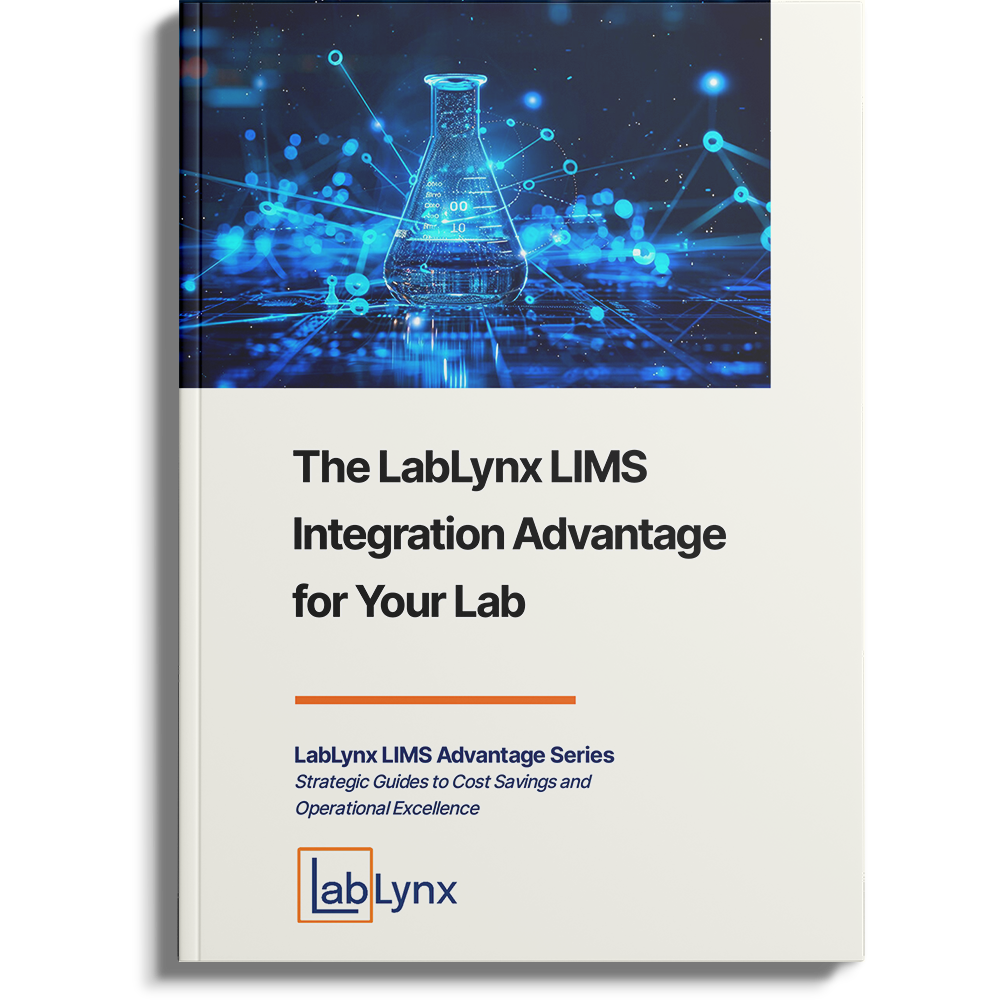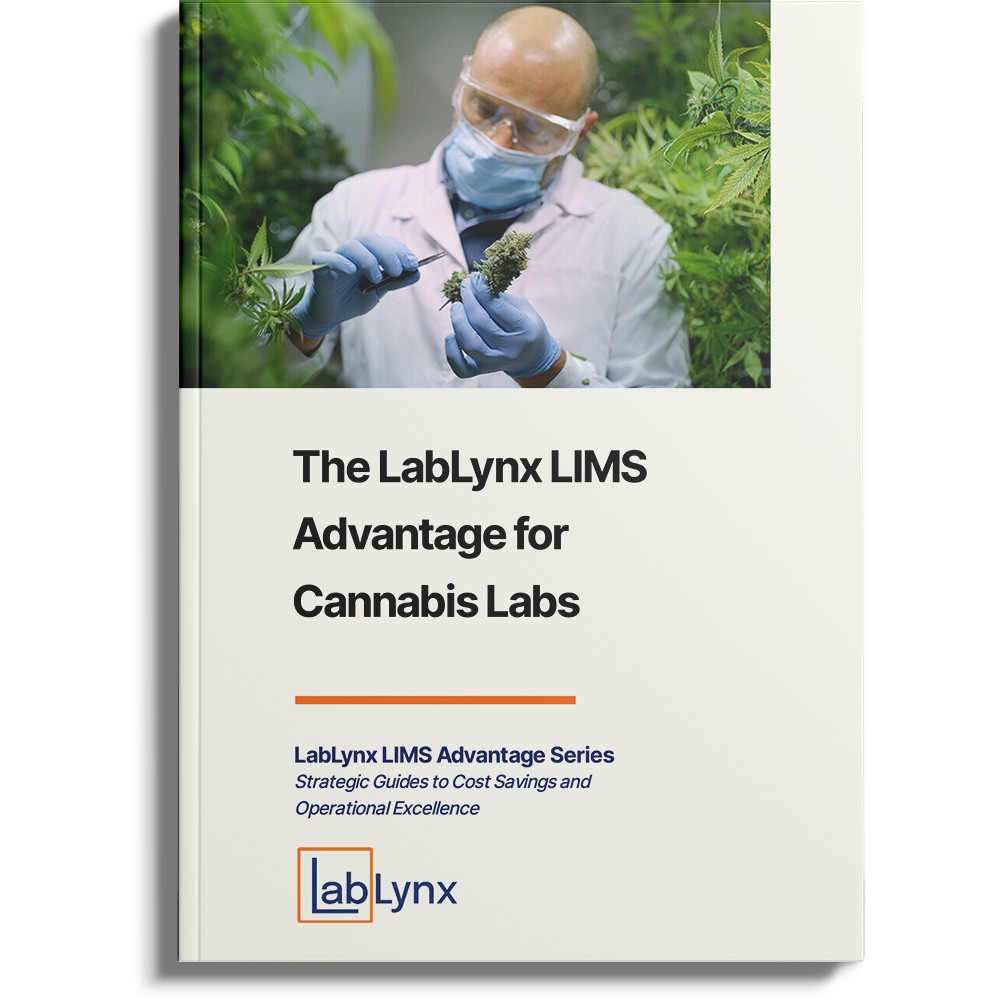
In an era when computing and electronic communications should be reducing the number of paper materials society uses, the reverse has happened – some paper products are seeing a surge in demand. How we use paper has also changed, though what hasn’t changed is how we work; for many, documents often don’t feel “real” unless we can touch them. Today, paper remains one of the most versatile media we have worked with, particularly since it doesn’t depend on an “app” to use.
The development of electronic networking, in general – and the internet, in particular – has led to significant changes in the use of paper products. For example, the ability to interconnect instruments and computers created the “paperless lab” movement in the US and Europe.[1] Professional magazines and newsprint have reduced their page count, referring readers to web pages for details on subjects and advertising. Some have converted entirely to electronic newsletters and newspaper formats. Yet at the same time, consumer shopping on the internet has led to increased demand for paper packaging and fiberboard boxes for shipping.
Table 1 shows the compound annual growth rate (CAGR) of different pulp and paper industry segments.[2] Note: the data below does not include the impact of the pandemic years.
| Major Segment | Sub-segment | CAGR 1992-2007, % | CAGR 2010-18, % |
| Packaging | Containerboard | 4.3 | 2.7 |
| Cartonboard | 3.3 | 1.7 | |
| Graphic Paper | Printing & Writing | 3.2 | -1.5 |
| Newsprint | 1.1 | -6.1 | |
| Other | Tissue | 3.9 | 3.6 |
| Others | 0.6 | 1.1 | |
| Average per annum | 3.0 | 1.0 |
Table 1 – Growth in the global paper and paperboard industry.
The outbreak of COVID-19 and later respiratory diseases has significantly impacted the industry in the form of supply chain challenges and the increasing demand for personal hygiene paper products.[3] These include medical specialty papers and materials used in face masks and disposable medical items, packaging, and shipping containers. In 2023 the global pulp and paper market is expected to grow to 490 million tons,[4] and increase from approximately 425 million tons in 2018. The market may see an additional acceleration in growth due to the desire to replace plastic packaging with paper products.
Pulp and paper manufacturing depends upon various materials, including woodchips, clay, lime, dyes, chemical resins, and recycled paper.[5] The industry is energy intensive and must carefully consider pollution issues and water consumption. In addition, raw material availability and shifting weather patterns could create additional challenges.
The role of laboratory testing in pulp and paper manufacturing
Laboratory testing is essential to the pulp and paper industry. For example, a pulp and paper lab is responsible for evaluating incoming raw materials to ensure they are fit for purpose. The industry understands that quality products depend on high-quality raw materials. Laboratories — usually quality control (QC) labs — will work with shipping and receiving departments to check the quality of incoming raw materials and ensure they meet the specifications for the products in production. Non-conforming materials will be rejected, and those that pass the testing will be moved into the production area.
Pulp and papers labs are essential in other ways too. These labs are integrated into the production workflow for monitoring purposes, including both inline and test sample evaluation during the production process. Inline testing is non-destructive, whereas lab testing is intentionally destructive. This type of production monitoring testing aims to detect deviations from expected conditions and avoid the production of out-of-specification (OOS) materials. These labs may also conduct final product evaluation, which is a more thorough evaluation of the product to determine if it meets the requirements for a shippable material.
Beyond those activities, the laboratory’s testing capability can also be used to investigate customer satisfaction problems and cases where a product failed prematurely or is OOS.
Laboratory testing can also support research and development activities. In larger organizations, this and the resolution of customer satisfaction issues would be in a separate facility to avoid disrupting the QC operations. Still, smaller companies with fewer resources may use the QC lab for this work.
Test methods and accreditation
The testing methods include physical, chemical, printability, optical, and thermal coating properties. Chemical testing ensures that material is free from substances that may cause harm when placed in contact with a human or animal. One critical analytical test is the ash content run by different methods. The ash consists of inorganic materials (e.g., clays, and titanium dioxide) used as fillers in paper manufacturing and to improve, and otherwise alter color.
Physical and mechanical tests such as tensile, abrasion, and brightness testing are also necessary. In addition, testing to determine water absorption, paper weight, and thickness as comparisons against product specifications may be required.
The test methods themselves are standardized to ensure valid comparisons between producer and customer laboratories and come from a variety of sources, including ASTM International, the International Organization for Standardization, the Technical Association of the Pulp and Paper Industry (TAPPI)[6], and government requirements such as the Environmental Protection Agency (EPA) and those required by Occupational Safety and Health Administration (OSHA).
Laboratories doing pulp and paper testing are generally required to be accredited according to ISO 17025 specifications.
The role of informatics in pulp and paper manufacturing
Laboratory-generated data and information are critical to the successful operation of manufacturing and production processes. In order to gain full value from those elements, labs must be able to organize, analyze, and communicate test results to management, process control, and shipping and receiving, and in some cases where customer relationships are critical, the sales force may also have to resolve customer satisfaction issues.
Given a modern production operation, we can expect multiple products to be in production at any given time, each with its own testing requirements and raw materials inventory that has to be tested and approved or rejected. A laboratory informatics solution like a laboratory information management system (LIMS) can relieve stress in the lab work environment by simultaneously managing multiple test suites for different products.
A LIMS has three sets of functions that help support laboratory testing:
- Workflow management – What work is coming in? What has to be done? What are the priorities? What results have to be approved and released? These are routine questions that occur in any production operation and testing labs are a prime example. These and related questions to lab operations are addressed by a LIMS. As part of its operations management samples can be logged in at the lab or remotely (and then identified as “in the lab” when they arrive). This makes it easier to keep track of work that is coming in and plan each day’s testing schedules.
- Results management and data logging/capture – LIMS provides a complete database for capturing and organizing samples and test results. Results can be entered manually, or for more efficiency via electronic data/information transfer from instruments and instrument data systems (IDSs). Most major IDSs have programming interfaces that permit downloading of work that has to be done through the IDS, and then upon completion permit sending the sample IDs and results back to the LIMS. This avoids manual data entry, greatly improves productivity, and provides a basis for 24/7 operations.
- Regulatory support – This is an important aspect of a LIMS’ capabilities. It provides traceability for data; if results are challenged, the lab can respond to it by looking at the data history (including audit trails), who carried out the analysis, and who approved the results. The lab can also see what equipment was used and verify its readiness for use. This also becomes important when you have to resolve customer questions about product characteristics.
The LIMS database can make it easier to organize and search product test data. It can be searched by product type, lot, or any other production criteria that have been entered into the sample description. You can also use it for statistical process control to look at trends in test results and answer questions about incoming raw materials, for example: “Are the product characteristics from a particular vendor stable or trending in one direction or another?”
In closing…
Pulp and paper manufacturing is a sophisticated production environment that depends heavily on laboratory testing to both monitor production and help ensure product quality. That requires fast access to information and the ability to search and generate reports that are meaningful to management and production personnel, as well as customer support specialists if required. Through its workflow management, results management, audit trail, and regulatory support functionality, a LIMS system, especially the ELab LIMS from LabLynx, can provide the support pulp and paper companies need to streamline lab operations and make it easier to produce, manage, access, and utilize lab data and information while reducing labor costs.





